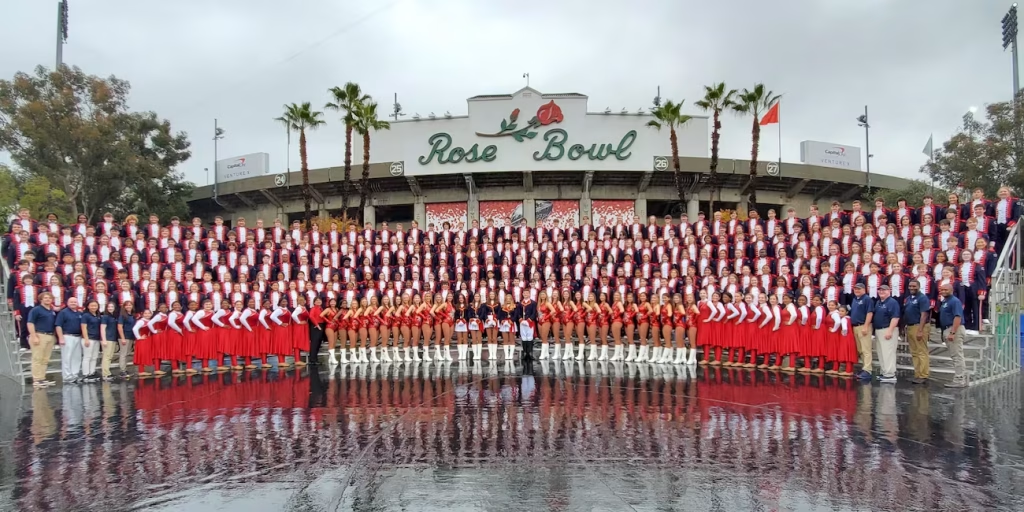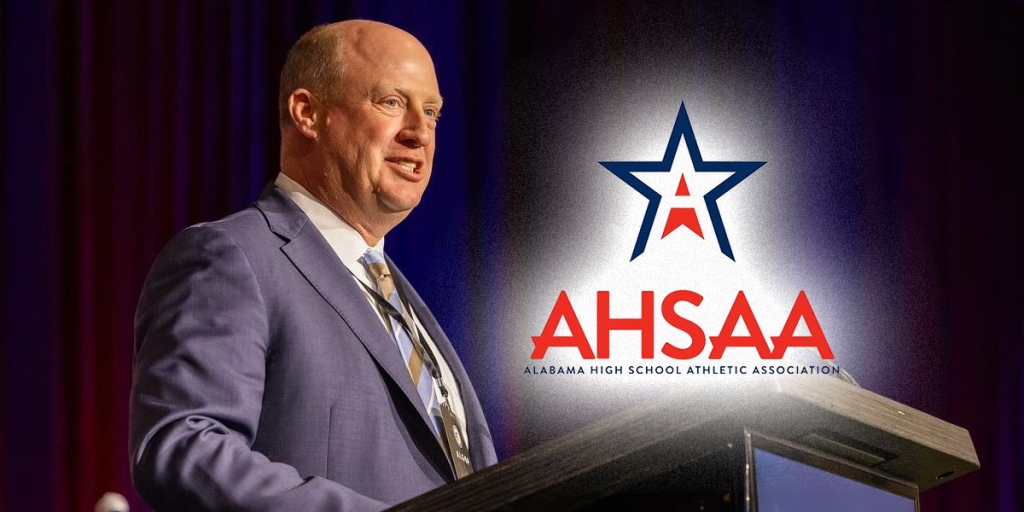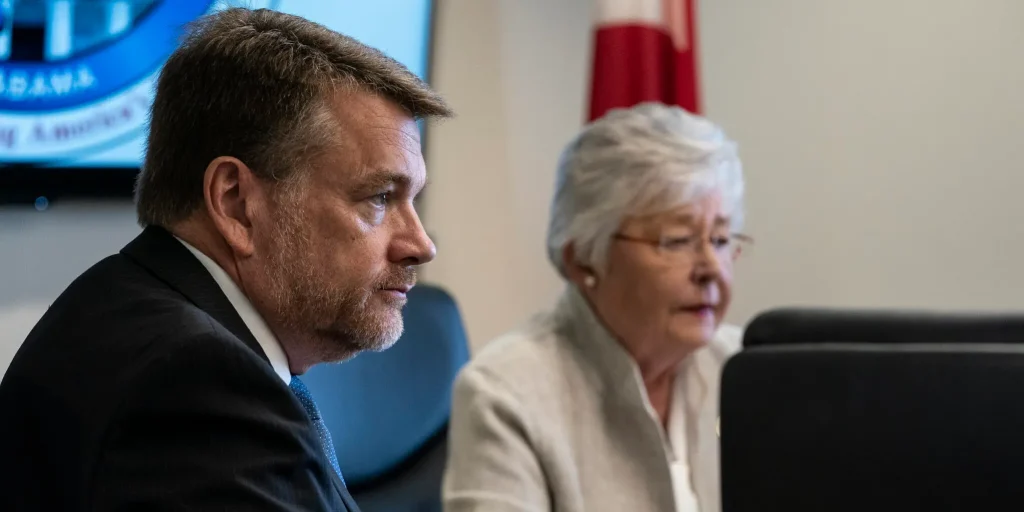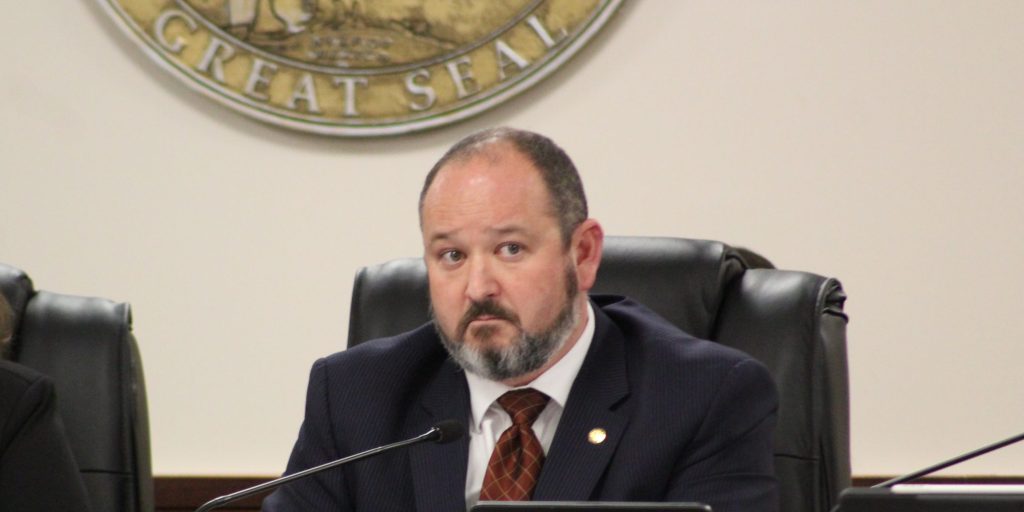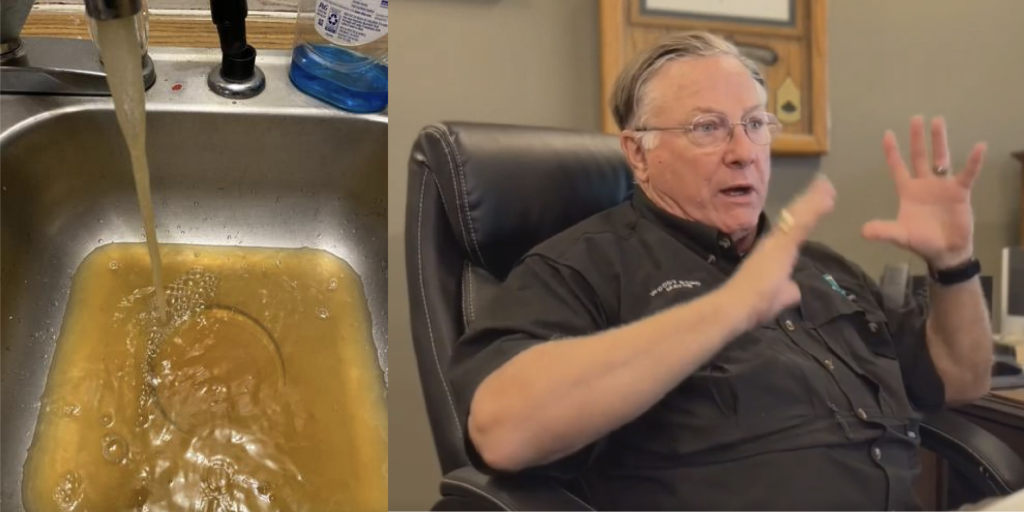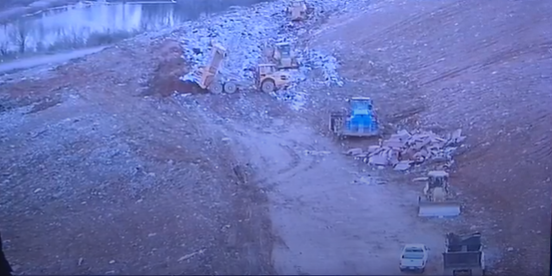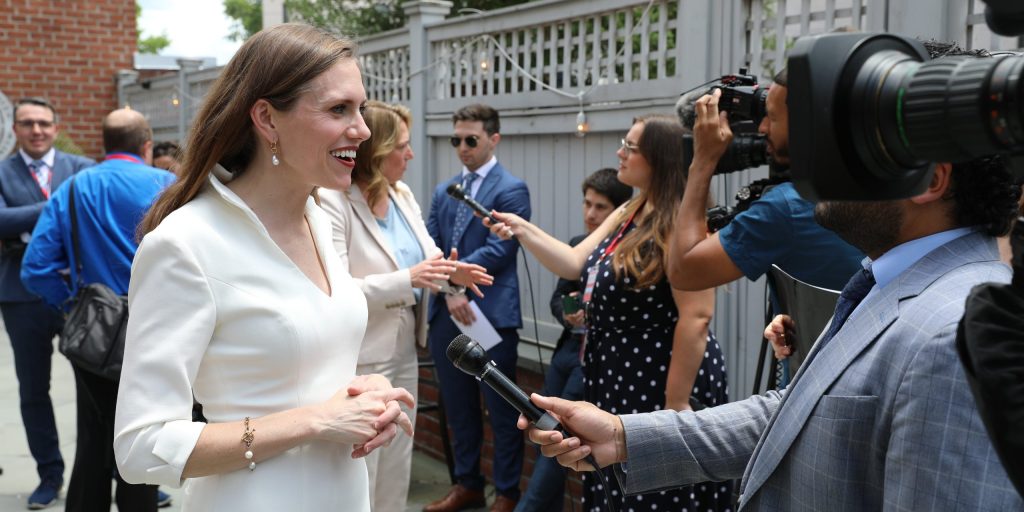Last week, Alabama’s American Rescue Plan Act (ARPA) Joint Oversight Committee met with executive agency representatives about the process by which the state agencies are spending one-time federal COVID-19 relief funds.
The Committee is chaired by State Sen. Greg Albritton (R-Atmore). Albritton stressed the importance of making sure all of the ARPA funds are spent by the deadline so that the state does not have to return any of the COVID relief money to the federal government.
Susan Wilhelm is the Assistant State Finance Director.
“We do not expect any of those funds to not be fully obligated by the Treasury by our deadline,” said Wilhelm.
“The most important thing I would like to mention is the report due on July 31,” said Wilhelm. “We are about to start work on this end of quarter report. Last year’s report, when we mostly had ARPA1 and just some ARPA2 was over 400 pages. This year’s report is probably going to be twice that.”
“We are looking at doing another ARPA meeting on the August September time frame after that report is complete,” said Albritton. “ARPA1 and ARPA2 you anticipate being completely and fully obligated?”
Wilhelm replied, “Yes.”
Most of the ARPA funds are being spent by the Alabama Department of Community Affairs (ADECA) and the Alabama Department of Environmental Management (ADEM) — but there are also smaller amounts being spent by the Alabama Department of Mental Health, $20 million with the Southern Research Institute, and other agencies.
State Sen. Linda Coleman-Madison (D-Birmingham) asked if the entire ARPA 1 and 2 have been fully MOAs (Memorandums of Understandings that the group being given the money will spend the money).
Wilhelm reported yes, but that there were some grant programs for after-school enrichment programs that did not spend all of the dollars that they could have so the Finance Department if going back to grant recipients that had COVID expenses that were not reimbursed in order to distribute those unspent dollars.
Ashley Toole and Maureen Neighbors were there representing ADECA.
ADECA has been tasked with expanding broadband services to areas of the state that were unserved by highspeed internet when the pandemic began.
“We are approximately 33% complete,” Neighbors said of ADECA’s middle mile program. “The Middle mile network, that project was bid out in 2023.”
Neighbors explained that that first middle mile project was $82.45 million. “The governor announce $188 million in awards in February. Those should be executed very soon.”
Neighbors explained that those awards will add more than 4,000 miles of middle mile infrastructure with a focus on community anchor programs. Community anchor institutions are city halls, schools, libraries, hospitals, civic centers, etc. ADECA is looking at over 800 community anchor programs.
Neighbors said that there was some money left over from the AIM1 program so that two counties that were left out in AIM1 are the focus for that left over funding.
“We are anticipating an announcement from the Governor real soon about the applicants,” said Neighbors. “We have conditionally awarded 66 projects.”
“We are requiring them to do quarterly reports so we can monitor their status,” Neighbors said. “We have 50 applications that we are still reviewing. We hope to be conditionally awarding those in the next few weeks.”
Albritton said that the goal is that “We will have that Infrastructure in the ground by Dec 31 2026.”
“They have until February of 2026 to complete the projects,” said Neighbors of the broadband award recipients. “If they ask for an extension they would have just a few months.”
“AIM2 rewards should be made very soon soon,” Neighbors continued. “The deadline for obligation is the end of this calendar year but we are not going to wait that long.”
Albritton asked, “Is it anticipated that we will have all the funds obligated by this point?”
“I hope so,” said Neighbors.
“If we don’t have everything obligated by then the question is how do we step in or get involved at that point,” said Albritton.
State Sen. Chris Elliott (R-Josephine) said, “We are looking at $148 million.” “That’s $5937 per connection.” “When this begin I mentioned Starlink (a satellite internet provider) to the director. Is the Department looking at technologies that are much lower cost to implement especially particularly when we get out in rural areas where the cost of connection could be $8,000 or $10,000 per rooftop?” “Are we considering technologies that cost $600 a rooftop instead of $6000 and covered ten times as many people.”
Neighbors said that any provider has the opportunity to apply for the funds.
“We are waiting on them to apply?” Elliott responded.
“We are implementing the federal program as we are required to,” Neighbors said. “
“That’s a little disappointing,” Elliot said.
Chairman Albritton asked ADECA to provide an explanation as to why Starlink and other wireless broadband options have not been contacted by the next committee meeting in August.
“As mentioned by the Senator that was asked from the get-go and the answer is somewhat unsatisfactory,” said Albritton. “Our obligation is to make sure the money is used in the best way possible, and the concern here is that we’re dealing with old technology, and not in the future. We want to make sure that’s where we are going in.”
ADEM has been tasked with waters and sewer projects across the state.
ADEM has been tasked with spending $875 million in combined ARPA1 and ARPA2 projects. Since the state is requiring that local water systems provide at least a 35 percent match for many of those projects, the actual amount of water, sewer, and stormwater projects across the state will be $1.3 billion.
The Committee praised ADEM for their diligence in awarding the money and making sure that these projects begin in a timely manner and stay on track so that all of the money is spent by the Dec. 31, 2026 deadline.
To connect with the author of this story, or to comment, email [email protected]






